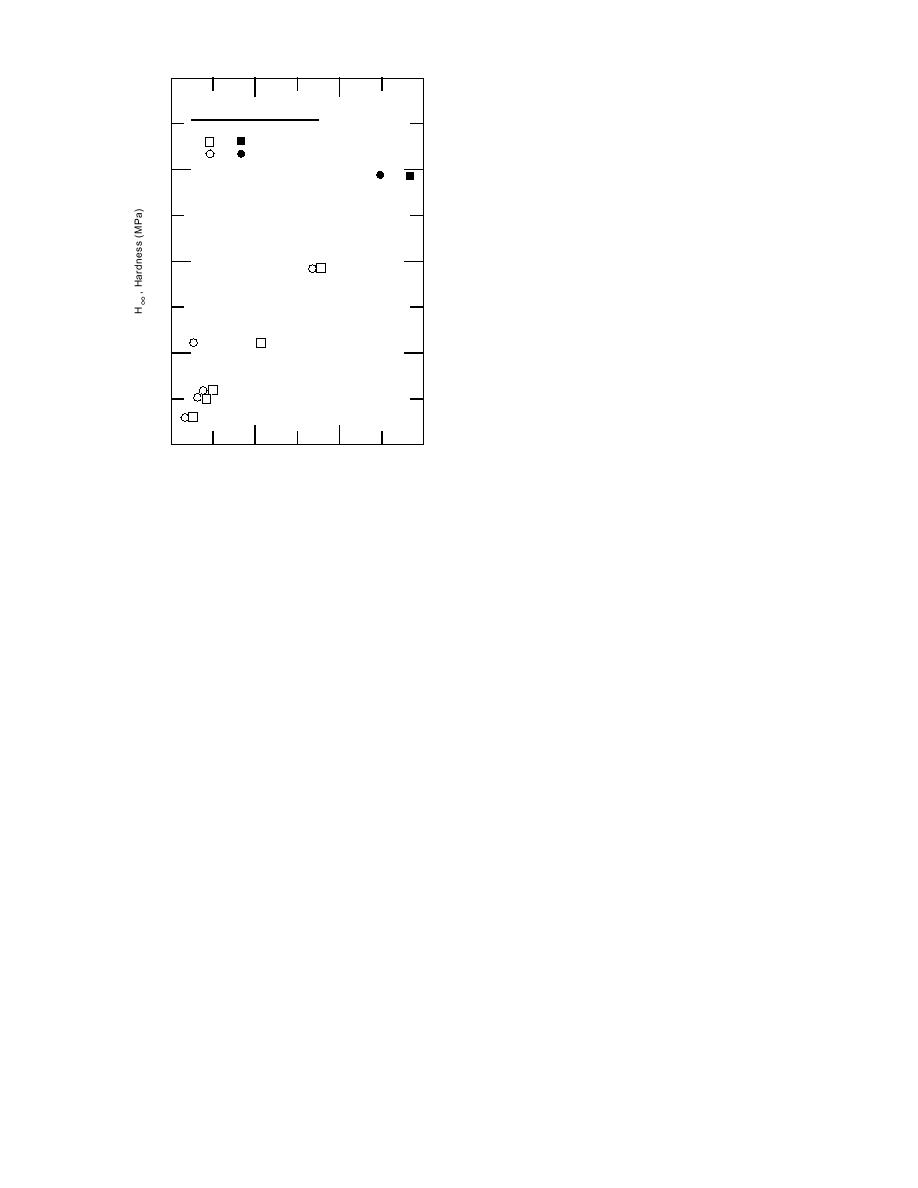
0.4
with grain size and morphology (Bender 1957b;
Bader 1962a; Chacho and Johnson 1987). It is pos-
Density (kg m 3)
sible that the contact area between grains could
360-400 450
affect the permeability, since increases in contact
Shear Strength
Tensile Strength
area can decrease the fraction of the cross section
0.3
of a sample that a fluid can pass through, and
possibly increase the tortuosity. However, changes
in permeability might be independent of the ex-
tent of grain bonding rather than simply the con-
tact area. Thus, two snow samples with the same
0.2
density, grain size distribution and grain mor-
phology might have the same permeability but
very different mechanical properties. For these
reasons, we do not consider permeability alone to
have potential as an index property. However, it
may be of use when interpreted in conjunction
0.1
with other index properties.
ENERGY OF DISAGGREGATION
0
10
20
30
A device to measure the energy of disaggrega-
Stress (kPa)
tion (in effect, the work done in separating the
grains in a snow sample) was described in Mantis
tion) vs. shear strength and tensile strength at
(1951) and was used to establish a relationship
densities indicated. Data from Kuvaeva et al. (1967).
between that parameter and the uniaxial com-
pressive strength of snow (Bender 1957a, as de-
scribed in Mellor 1964). Other investigators have
PERMEABILITY
had less success (see discussion in Mellor 1964)
and the method has received little attention since
Permeability has long been regarded as an im-
that time. However, it was suggested in both
portant property of snow. Bader et al. (1939)
Mellor (1977) and Oakberg (1982) that the energy
showed that several types of snow fall into dis-
of disaggregation be studied again as a possible
tinct fields on a plot of permeability vs. porosity,
index parameter.
and permeability has also been shown to vary
35



 Previous Page
Previous Page
